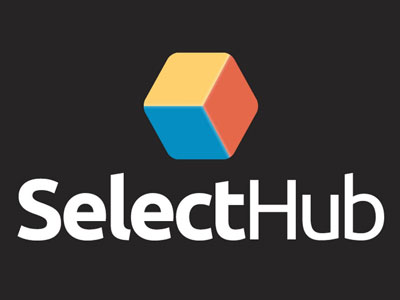Think of enterprise resource planning, aka ERP, as a pizza. Each slice represents one set of modules that serves a specific company department. Most people like ERP software because it serves more than one industry. However, vendors also make ERP tailored to specific industries and operations.
This guide covers what an ERP is and its history, top benefits, standard features, deployment options, industry trends, cost and purchasing considerations, selecting the right ERP for your business and setting up an implementation plan.
What Is ERP?
An ERP system is a solution that consists of functions and modules for several company departments or a solution that caters to one area. These departments range from accounting, manufacturing and customer relationship management (CRM) to supply chain management (SCM), product lifecycle management (PLM) and more. ERP stands for enterprise resource planning.
But there’s another coinciding part of this ERP definition. ERP can integrate with other solutions to keep your data in one centralized location. This system also automates repetitive tasks so you can focus on high-priority responsibilities.
An enterprise resource planning system is a suite of integrated applications for managing, automating and connecting key business processes.
Lisa Anderson, Founder and President of LMA Consulting Group, expanded on the centralization point of our ERP meaning:
“In addition to your comments about using a centralized database to reduce manual labor and simplify workflows, I think it is important to note that having a centralized database and process enables consistency of business processes, and more importantly, reliable levels of service to customers.”
“I think it is important to understand how ERP systems work in that a key benefit of an ERP system is the concept of a single source of information or truth” comments Supply Chain Expert and Consultant, Lisa Anderson MBA, CSCP, CLTD President of LMA Consulting Group.
Published in SelectHub on May 20, 2020



